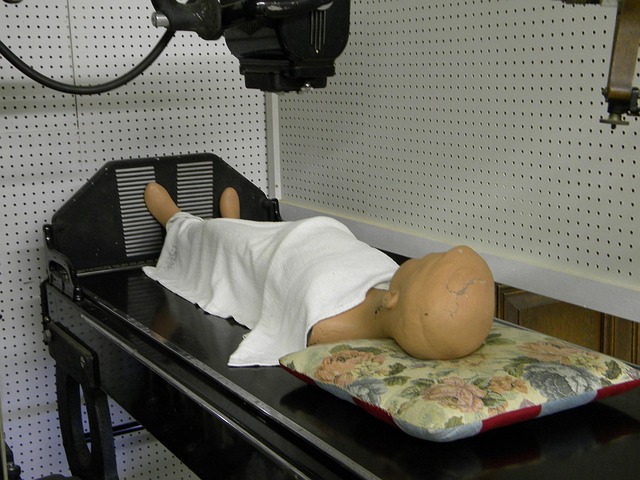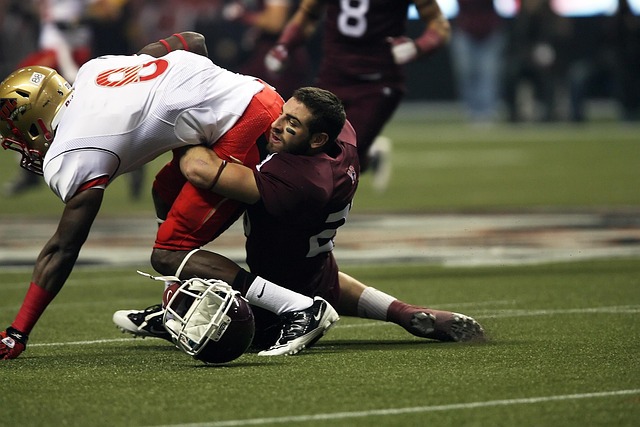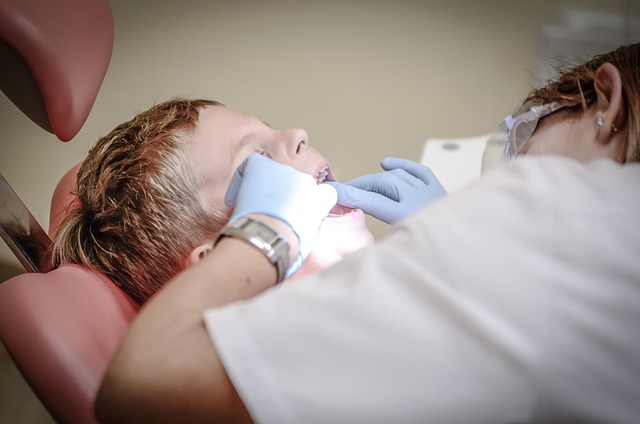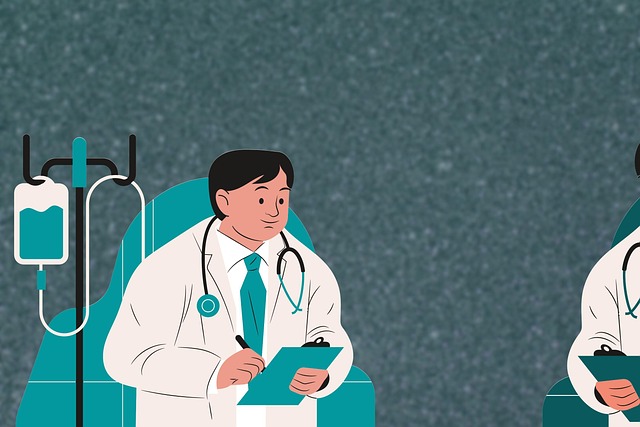Long-term chiropractic rehabilitation after car wrecks offers a comprehensive solution for chronic post-accident pain, focusing on spine and nervous system adjustments to improve mobility, reduce inflammation, and correct misalignments. This holistic approach educates patients about posture, movement, and injury prevention, empowering them to manage pain effectively in the long term.
After a car accident, chronic pain can persist, impacting daily life. This article explores long-term chiropractic care as a powerful tool for managing post-accident pain. We delve into the benefits of rehabilitation programs tailored to address musculoskeletal issues stemming from car wrecks. By understanding how chiropractors approach chronic pain relief and adopting effective strategies, individuals can find lasting comfort and improved mobility. Discover how this holistic approach can transform your recovery journey.
- Understanding Long-Term Chiropractic Care for Post-Accident Pain
- The Role of Rehabilitation in Managing Chronic Pain After a Car Wreck
- Effective Strategies for Lasting Relief and Recovery
Understanding Long-Term Chiropractic Care for Post-Accident Pain

Chronic post-accident pain, often a lingering consequence of motor vehicle crashes, can be challenging to manage. Long-term chiropractic care emerges as a key strategy in addressing this complex issue. Chiropractors focus on the spine and its connection to the nervous system, believing that adjustments and manipulations can alleviate pain and restore function. After a car wreck, this rehabilitation approach becomes crucial, aiming not just to ease immediate symptoms but also to prevent long-lasting discomfort.
The benefits of long-term chiropractic rehabilitation after car accidents are multifaceted. It can help improve mobility, reduce inflammation, and correct spinal misalignments that may have resulted from the impact. Regular sessions with a chiropractor can also educate patients on posture, movement, and injury prevention, empowering them to manage their pain effectively. This holistic approach treats not just the symptoms but also the underlying causes of chronic post-accident pain.
The Role of Rehabilitation in Managing Chronic Pain After a Car Wreck

After a car accident, chronic pain can be a lingering and debilitating symptom. Long-term chiropractic rehabilitation plays a pivotal role in managing this persistent discomfort. Chiropractors specialize in diagnosing and treating musculoskeletal disorders, focusing on the spine and nerves. Through tailored adjustments, they alleviate pressure on affected areas, reducing pain signals sent to the brain.
Rehabilitation involves a comprehensive approach, often combining various techniques like manual therapy, exercise, and lifestyle modifications. These strategies help strengthen muscles, improve posture, and enhance flexibility, all of which contribute to better pain management. Regular sessions with a chiropractor can significantly improve mobility, reduce inflammation, and promote overall well-being for individuals dealing with chronic post-accident pain.
Effective Strategies for Lasting Relief and Recovery

Chronic post-accident pain can be challenging, but lasting relief and recovery are achievable through effective strategies tailored to each individual’s needs. Long-term chiropractic rehabilitation after car wrecks often involves a comprehensive approach that combines adjustments, manual therapy, exercise, and lifestyle modifications. Chiropractors work closely with patients to create personalized treatment plans focusing on reducing inflammation, improving spinal alignment, enhancing flexibility, and strengthening surrounding muscles.
One key aspect is ongoing care, where regular check-ups help maintain adjustments and prevent pain recurrence. Additionally, patients are often encouraged to adopt a proactive mindset by learning proper posture, ergonomic techniques for work and home, and stress management strategies. Incorporating exercise tailored to individual capabilities, such as stretching, strength training, and low-impact activities, supports the healing process by promoting blood flow, reducing muscle tension, and improving overall well-being.
Chronic post-accident pain can be effectively managed through specialized long-term chiropractic care, incorporating tailored rehabilitation strategies. After a car wreck, seeking comprehensive treatment that addresses both the physical and emotional aspects of recovery is essential. By combining chiropractic adjustments with targeted rehabilitation exercises, individuals can experience lasting relief from pain and regain their quality of life. This holistic approach to healing emphasizes the importance of consistent care and individualized attention for optimal outcomes in navigating the challenges of chronic pain after a traumatic event.














